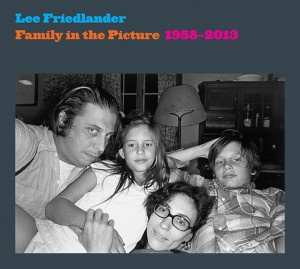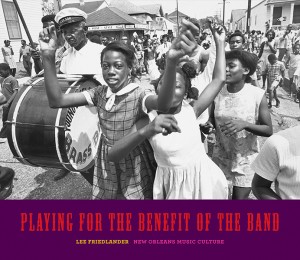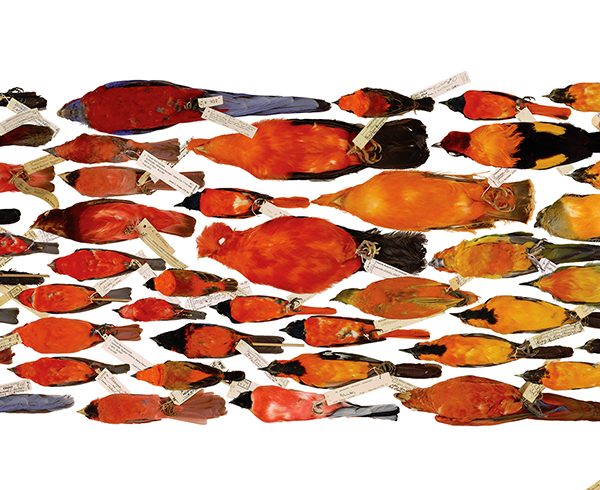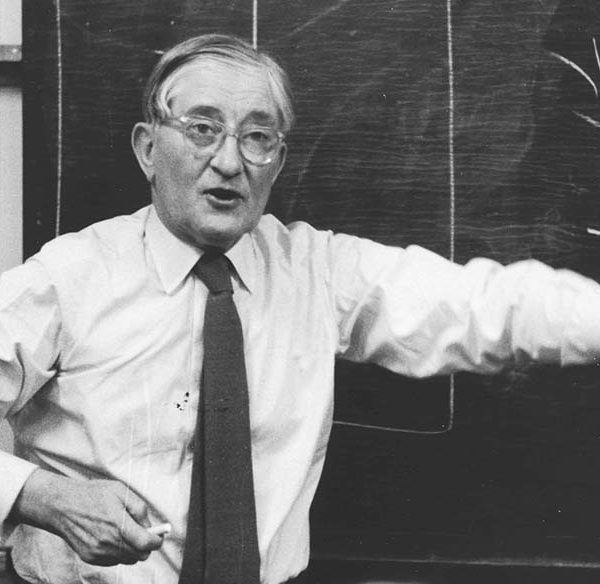Happy Birthday, Lee Friedlander!
We celebrate American photographer Lee Friedlander today with a meditation on two of his recent publications.
Elizabeth Malchione —
 As we celebrate Lee Friedlander’s 80th birthday today, I wanted to take a moment to reflect on his beginnings. His first major exhibition was “New Documents” at the Museum of Modern Art in 1967, in which he was featured alongside photographers Diane Arbus and Garry Winogrand. John Szarkowski, who organized the exhibition, wrote of these artists: “In the past decade this new generation of photographers has redirected the technique and aesthetic of documentary photography to more personal ends. Their aim has been not to reform life but to know it, not to persuade but to understand.”
As we celebrate Lee Friedlander’s 80th birthday today, I wanted to take a moment to reflect on his beginnings. His first major exhibition was “New Documents” at the Museum of Modern Art in 1967, in which he was featured alongside photographers Diane Arbus and Garry Winogrand. John Szarkowski, who organized the exhibition, wrote of these artists: “In the past decade this new generation of photographers has redirected the technique and aesthetic of documentary photography to more personal ends. Their aim has been not to reform life but to know it, not to persuade but to understand.”
Friedlander’s work doesn’t get more personal than in his recent publication, Family in the Picture, 1958–2013. In this work, Friedlander focuses the lens on his own family. The volume starts with glimpses into his early married life, then adds new characters with the birth of his son Erik in 1960, his daughter Anna in 1962, and eventually his grandchildren in the 1990s. The result is a half-century visual family history.
What I most enjoy about the book is its striking familiarity. The images are masterfully composed and beautifully executed, but Friedlander’s family album also probably looks a lot like your own. From one of the most distinguished modern photographers, we see awkward young couples looking nervous before a school dance, proud students and parents at high school and college graduations, and the family relaxing through lazy days on vacation. Like any parent or grandparent, he captures the everyday moments, too. Kids and his wife are caught napping, practicing their instruments, playing dress-up, or working on puzzles.
While Friedlander rarely appears in the photographs, he shows himself through the images that he chose to capture. In Family in the Picture, we see Friedlander’s life through his eyes, and by doing so we get a glimpse into the man behind the camera.
 Before the 1967 MoMA exhibition, Friedlander supported himself by photographing jazz musicians for record covers in New York and New Orleans. He developed a special affection for New Orleans, and Playing for the Benefit of the Band is the result of countless visits to (and friendships formed in) that city.
Before the 1967 MoMA exhibition, Friedlander supported himself by photographing jazz musicians for record covers in New York and New Orleans. He developed a special affection for New Orleans, and Playing for the Benefit of the Band is the result of countless visits to (and friendships formed in) that city.
Central to the work is its celebration of jazz artists. The book begins with a series of photographs of individual musicians, whom Friedlander (true to his signature style) captures with striking intimacy. He shows them not on stage but instead in their own homes—at times seated on their own beds—with family photographs in the background. One similarity quickly becomes apparent across these images: the old age of his subjects. Sweet Emma Barrett is shown at age 61, “Papa Jack” Laine at 85, and Willie Humphrey at 94. Flipping page after page, I felt a sense of imminent loss.
But midway through the book, I noticed a change. When Friedlander turns his focus away from the individual and towards the group, there are almost always young people in the crowd. Faces of jubilant youths in second-line parades abound, and the book seems to find a new energy.
A photograph of Preservation Hall Jazz Band from 1982 speaks well to this phenomenon. The band’s name comes from the Preservation Hall music venue, which grew out of a small art gallery in the French Quarter. The gallery offered jazz musicians a place to practice and perform in the 1950s, when they had lost many of their traditional venues. The rehearsals became so popular that the gallery was moved and Preservation Hall was formally established. In essence, a space born out of lack of enthusiasm suddenly became overrun by it.
Elizabeth Malchione is a summer intern in Yale University Press’s Art Workshop and a rising senior at Yale studying history.



